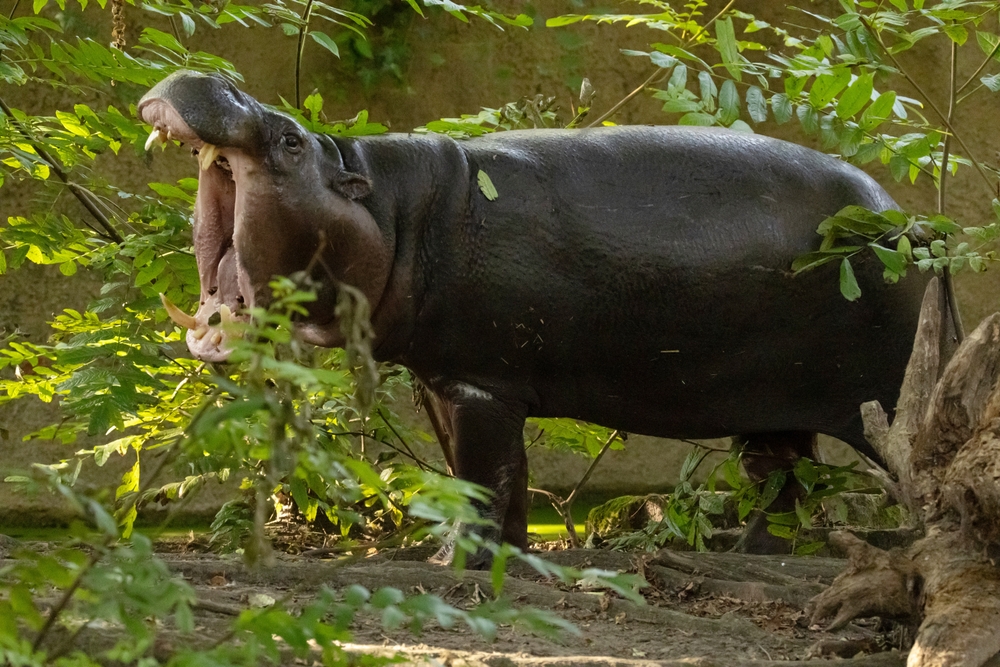Sapo Overview
Sapo National Park, known locally as “Sapo National Park,” is Liberia’s largest protected area and its only national park. Established in 1983, the park is located in Sinoe County in the southeastern region of the country. It encompasses approximately 1,804 square kilometers of lowland tropical rainforest, making it the second-largest area of primary tropical rainforest in West Africa, following Taï National Park in neighboring Côte d’Ivoire.
The park’s terrain is characterized by dense forests, swampy areas, and a network of rivers and streams, including the Sinoe River, which flows through the park. While Sapo National Park does not feature significant mountains or waterfalls, its lush and varied landscapes provide a serene and picturesque environment for visitors.
Sapo National Park is renowned for its rich biodiversity and is home to several endangered and endemic species. Notably, it harbors one of the largest populations of the pygmy hippopotamus (Choeropsis liberiensis), a rare and elusive species native to West Africa. The park also supports populations of African forest elephants (Loxodonta cyclotis), West African chimpanzees (Pan troglodytes verus), and various species of antelope. Birdlife is abundant, with numerous species inhabiting the forest canopy and riverbanks, making it a haven for birdwatchers.
Conservation efforts in Sapo National Park have been ongoing since its establishment. In 1983, Alexander Peal, in collaboration with the World Wildlife Fund (WWF) and the International Union for Conservation of Nature (IUCN), played a pivotal role in the creation of the park, marking a significant step in Liberia’s commitment to wildlife preservation.
However, the park has faced challenges, including illegal mining, hunting, and conflicts between local communities and conservation authorities. To address these issues, the Liberian government has worked collaboratively with local communities to establish and respect park boundaries, aiming to balance conservation goals with the livelihoods of nearby residents.
Visiting Sapo National Park offers a unique opportunity to experience one of West Africa’s last remaining primary rainforests. Activities such as guided forest walks, birdwatching, and river excursions provide immersive experiences in this biodiverse environment. The park’s remote location and relatively undisturbed ecosystems offer a tranquil retreat for nature enthusiasts and researchers alike.
In summary, Sapo National Park stands as a testament to Liberia’s dedication to conserving its natural heritage. Despite facing various challenges, ongoing conservation efforts and community engagement continue to play crucial roles in preserving the park’s unique biodiversity for future generations.











































































